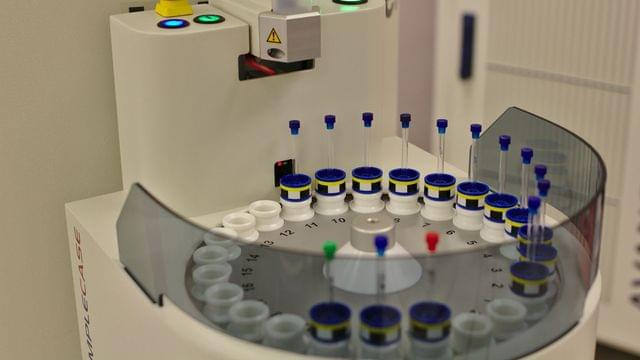A pressure of 3,000 bar is applied to the cold shock protein B of Bacillus subtilis in a small tube in the NMR spectroscopy laboratory at the University of Konstanz. This is roughly three times the water pressure at the deepest point of the ocean. The pressure is so intense that the highly dynamic protein shows structural features that would not be sufficiently visible under normal pressure. But why do scientists apply such high pressure, which does not occur anywhere else on our planet under natural conditions? The answer is: To study processes and properties that are too volatile to be observed under normal conditions.
“This high pressure allows us to make states visible that actually do exist at 1 bar, but which we can only observe directly at 3,000 bar”, explains Frederic Berner, University of Konstanz. Literally “under high pressure”, the doctoral researcher investigates the properties of a protein determined by its structure, and how changes in the structure in turn influence its properties. In the research group Physical Chemistry and Nuclear Magnetic Resonance at the University of Konstanz, led by Michael Kovermann, he recently implemented a new method for analyzing the structural properties of proteins at 3,000 bar with as little influence as possible from surrounding effects. The two researchers now present their new methodological approach in the journal Angewandte Chemie International Edition.
